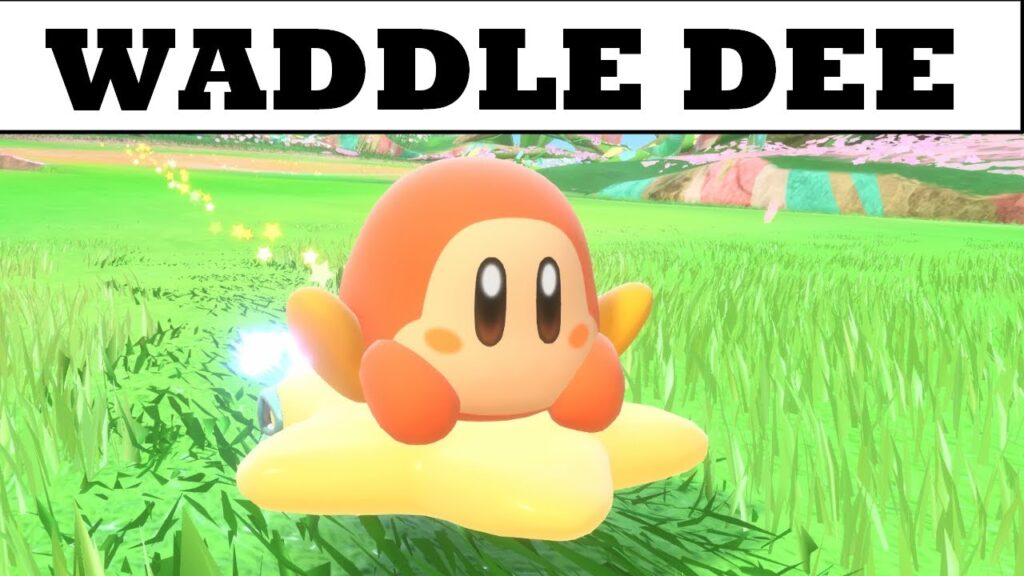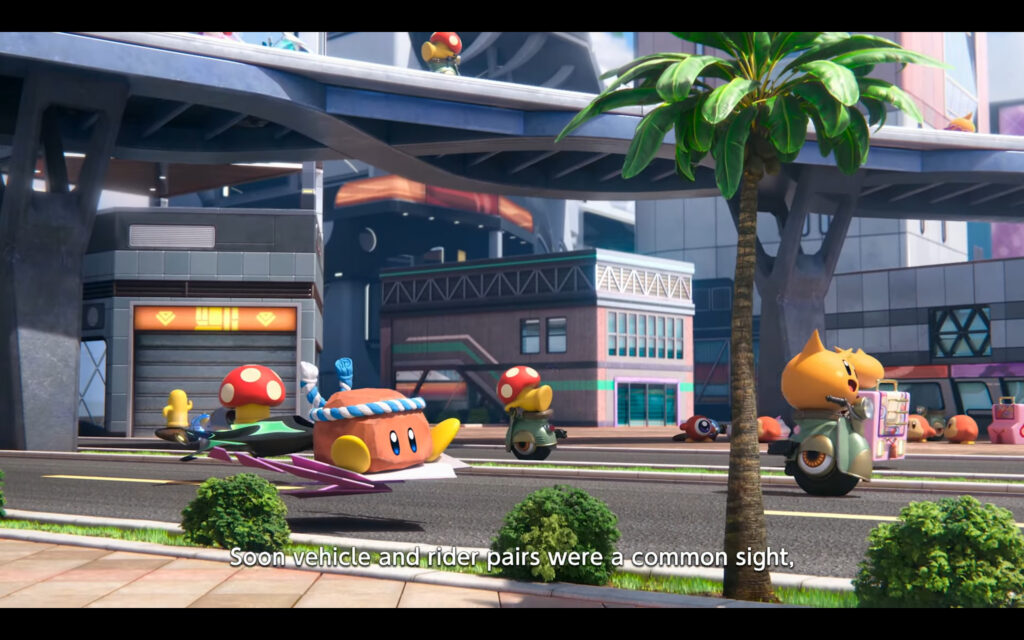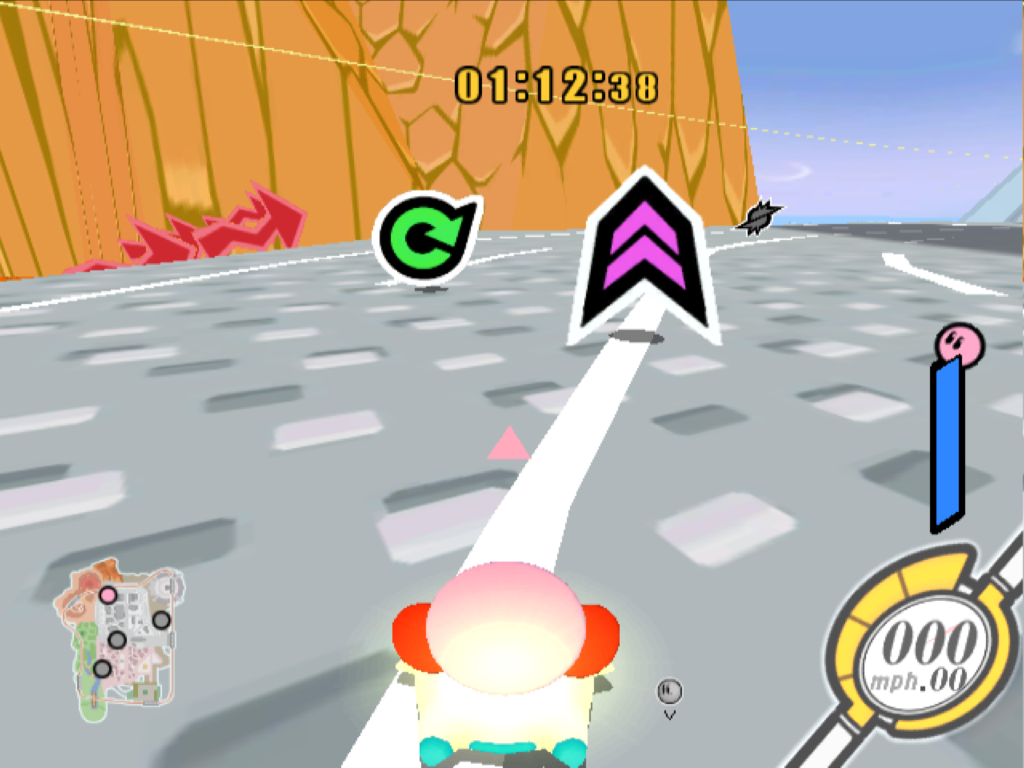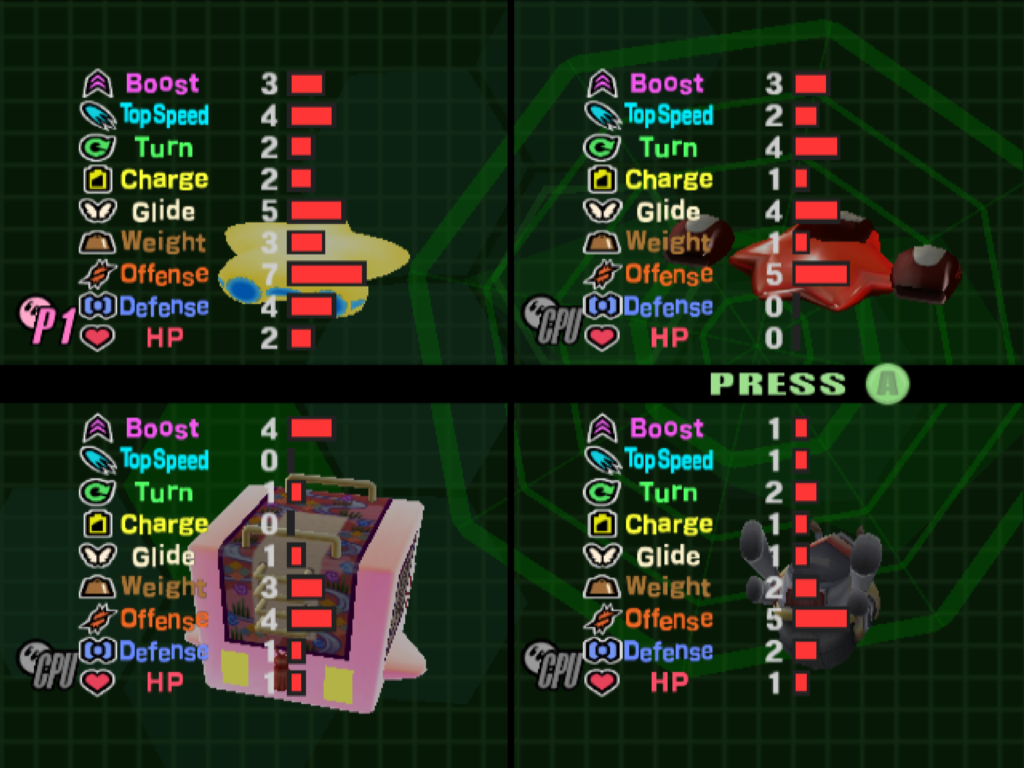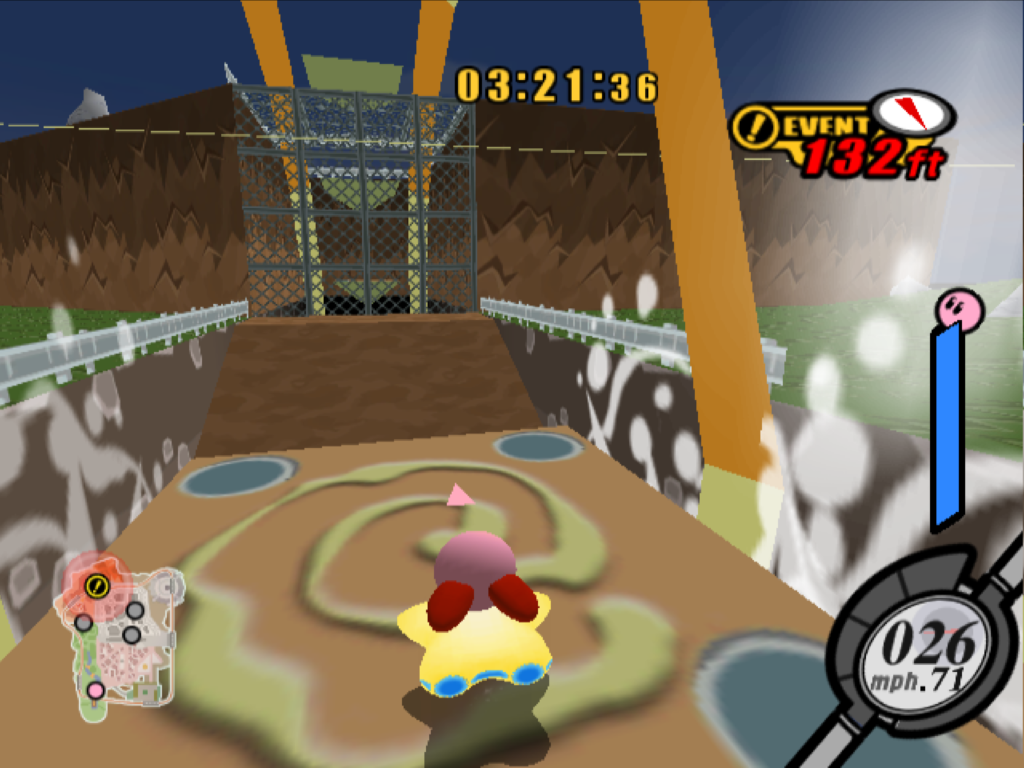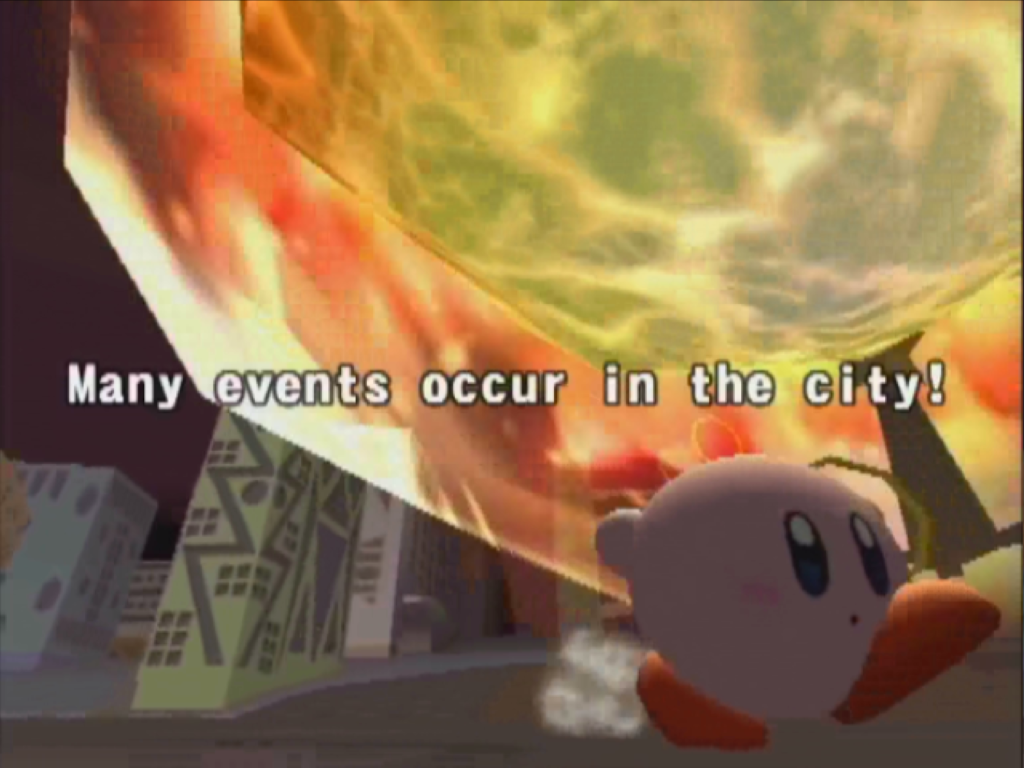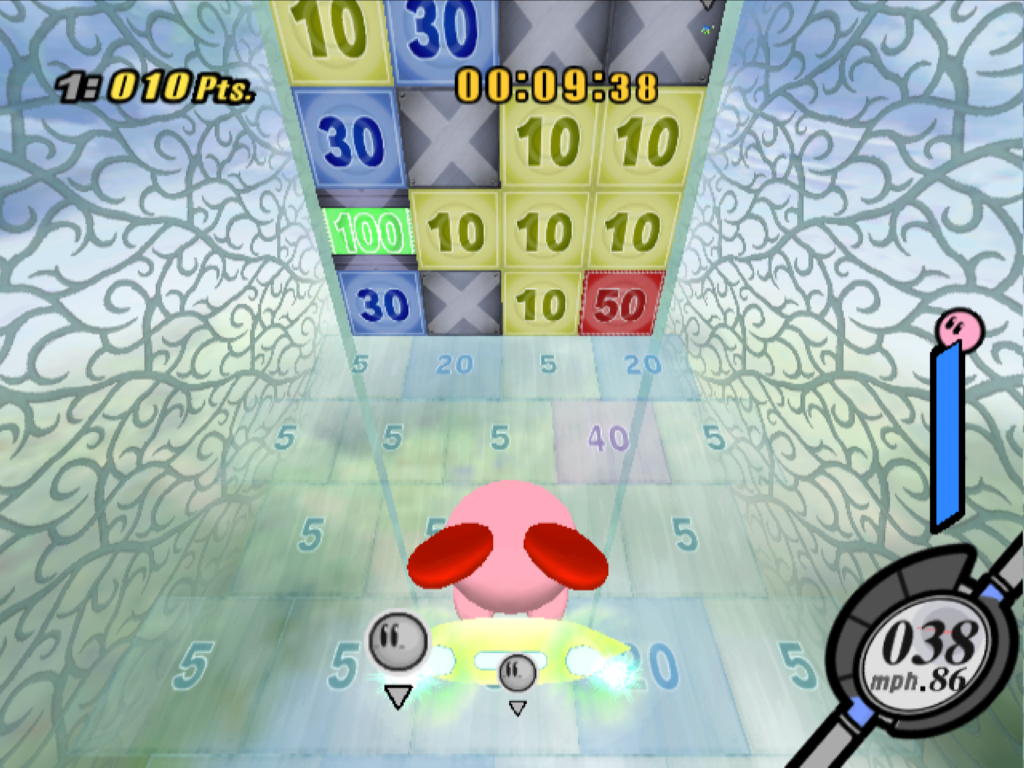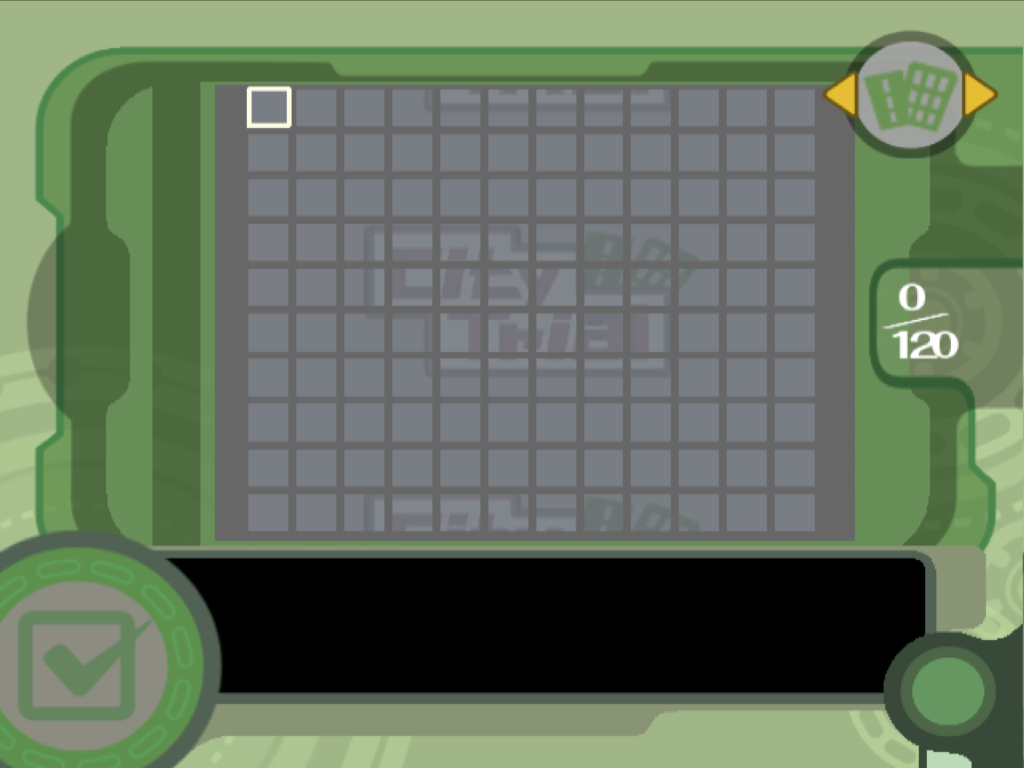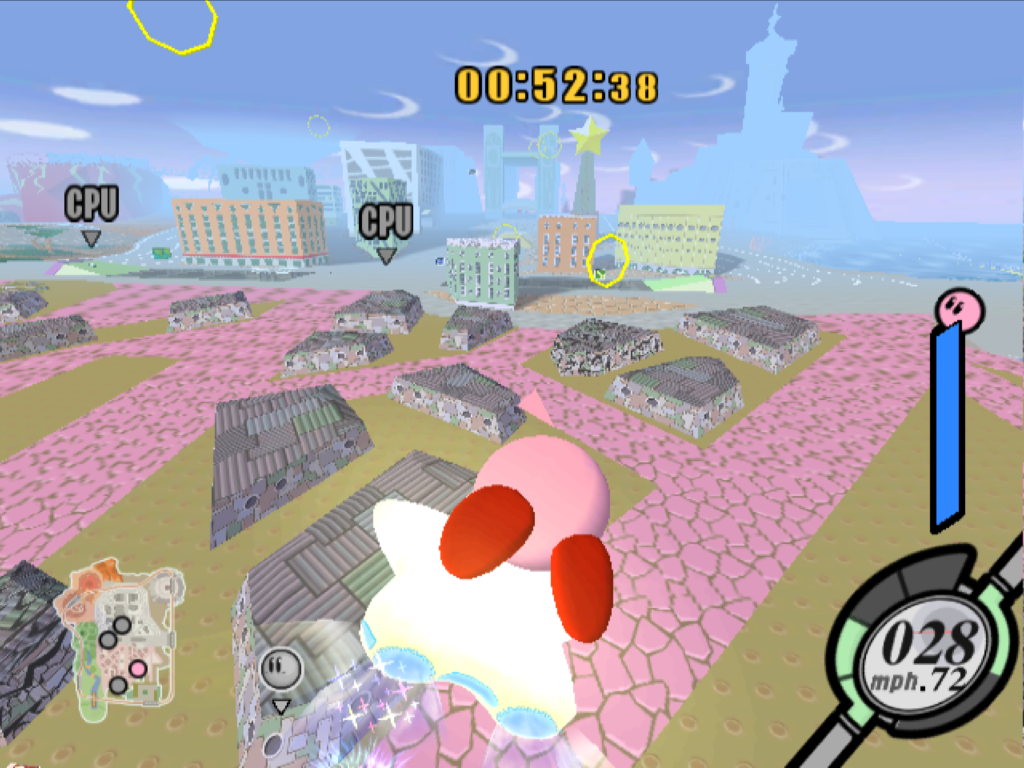I preordered Kirby Air Riders (not much of a surprise considering how much I’ve talked about the original, and the “Global Test Ride” demo.) Am I still enjoying it? YES! It’s like a bigger version of the original. If you’re tired of all these posts on this one game, it’s likely to be my last on the subject, for a while at least. In a few days there’s supposed to be a big launch event, to kick off a year of special event content. I might report on some of that, but c’mon; yesterday I made a post about Microsoft BASIC and the Zorks going open source. I think I’m due a little indulgence.
City Trial remains the main draw, even when I have a bad game it’s still fun. You start, you build up stats over five minutes, then you get a “stadium” (which you can usually pick from now) that tests your build.
Throughout the five minutes all manner of things happen: bosses attack, minigames happen, blanket advantages or disadvantages happen to everyone. It’s chaos, but it’s FUN chaos. Sometimes it feels like you win without trying; sometimes you lose despite everything. Every game is like a little story. But good or bad, it’s over quickly, and you can do it again.
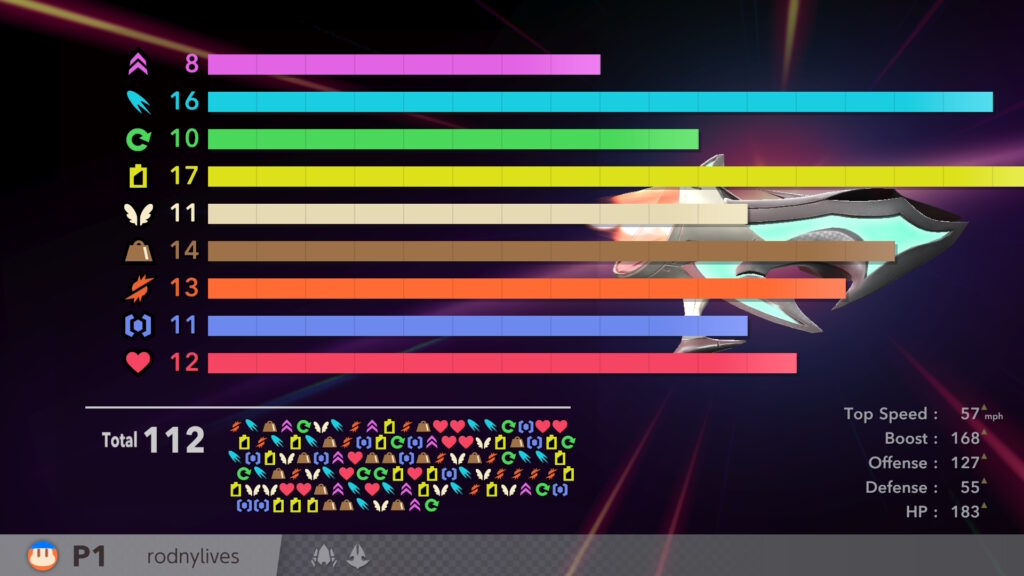
Each run has a selection of special things that can happen during it. One of them is a hunt for pieces of a “legendary machine,” a vehicle with extremely high stats that is sometimes hidden in some boxes. If a player collects one, an icon appears over them during play, signifying to everyone else that they have it. If player with a machine piece is struck by another player they might drop it. If a player gets all three pieces, a notification is given to all the players, and they get to ride it. It happened to me once! Here is video (½ minute):
Other things can happen too! It’s really never the same game twice.
Now, the worst thing about the original Air Ride still applies: there is no Grand Prix mode. (Why not?? I guess the inhabitants of Dream Land don’t have it in them to hold one?)
The most pleasant surprise, besides the fleshed-out, fully online-capable City Trial mode, which feels like the game it was always meant to be, is that Top Ride, the odd mode out of the original, is now decently playable and much more fun. It doesn’t have a Grand Prix mode either, but its races are so short that it barely even matters. I’ve mentioned before that it feels like Sakurai intentionally patterned it after Atari’s ancient Sprint games, which go all the way back to 1974’s Gran Track 10, giving it a legacy that goes back to two years after Pong. It’s playable online too, as well as namesake mode Air Ride.
The new singleplayer mode, Road Trip, is okay, but it’s just a disjointed series of challenges. You do get to build up stats throughout it, giving it an RPG feel, But there’s no exploration or anything like that.
The one thing that connects all the separate modes is Kirby Air Ride’s greatest invention, returning for another go: the Checklist. A grid of 150 boxes, one per mode, with an extra one for Online play. Every one has an unlock requirement.
At first, none of the boxes’ requirements are even revealed. You’re certain to check at least one of them the first time you play each mode though, purely by chance, and the requirements for the boxes around the ones you’ve checked off are revealed to you. Most of the boxes give you a little something when you check them. Some new decals or accessories to decorate your vehicles with. Some of them unlock characters, or machines for use in some modes, or costume pieces. A scant few give you free checks you can spend, to mark off difficult challenges for free. Many (not all) have optional setups you can activate, like little minigames.
Kirby Air Riders’ biggest sin, and greatest virtue, is that it’s really different from other games. It throws out features one would have thought obvious. (Grand Prix modes!) It adds weird new ones for no reason other than the joy of doing so. (Playing with gummis in a physics engine! Customizing machines and selling them in a little fake marketplace!)
And it does unexpected things, like after spending five minutes attacking and avoiding up to 15 other players, having them each choose which Stadium to play in. There isn’t an overall winner: each Stadium has its own winner! And, if you’re the only one to choose a Stadium, you win automatically.
This happens much more rarely than you might assume: it’s only happened to me once, after playing a whole lot of City Trial. Even those rare times were the game randomly decides you’re all playing THIS now, players are still split up into arbitrary groups.
It’s hard to say if you’ll like it because other than Air Ride, there’s nothing really to compare it too. It’s its own thing, but I think that’s what I like most about it. Whatever Kirby Air Riders has, this is the only place to get it. And it definitely has something. It’s a shame that you have to take a seventy dollar gamble on whether it’s something you want. Ideally the Global Test Rides were when one would have tried it out and seen if it was to one’s liking. Maybe they’ll do another one some day, or you can watch Youtube videos of gameplay? (I once again humbly offer my own.) But if this is something you’ll like, you’ll really like it. Maybe use that new Switch “game borrowing” feature to bum it off a friend for a while. It should be experienced at least once.

